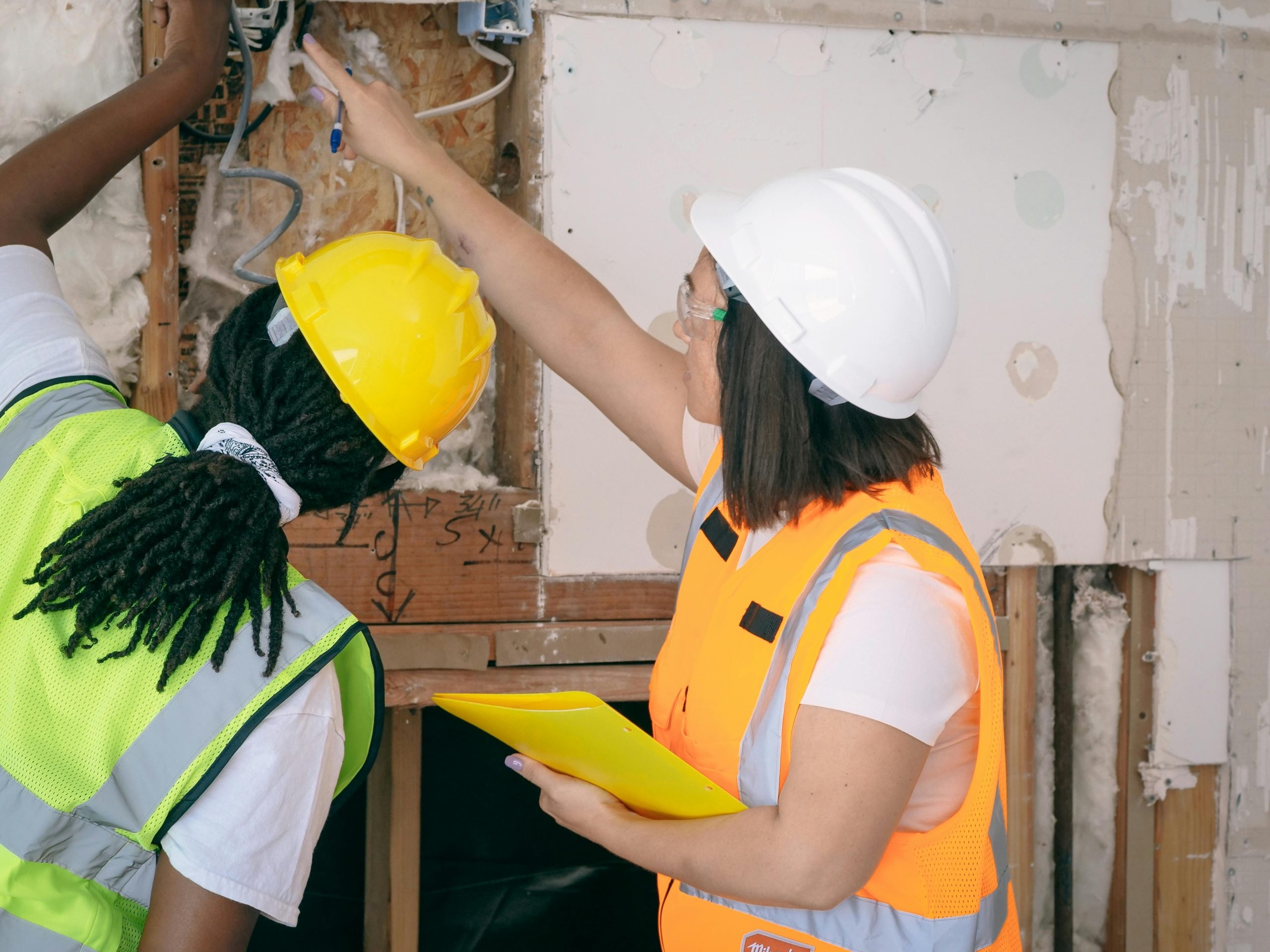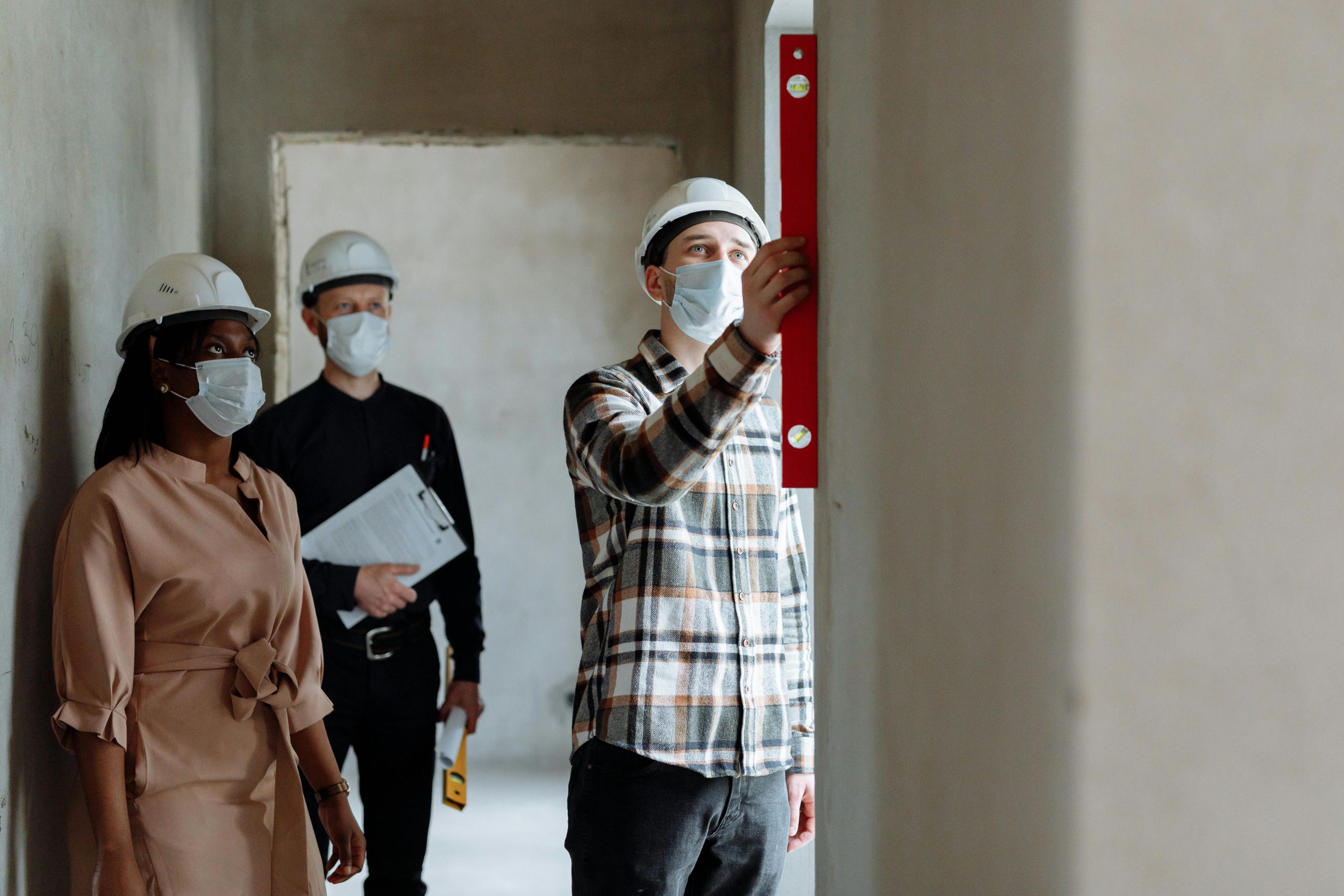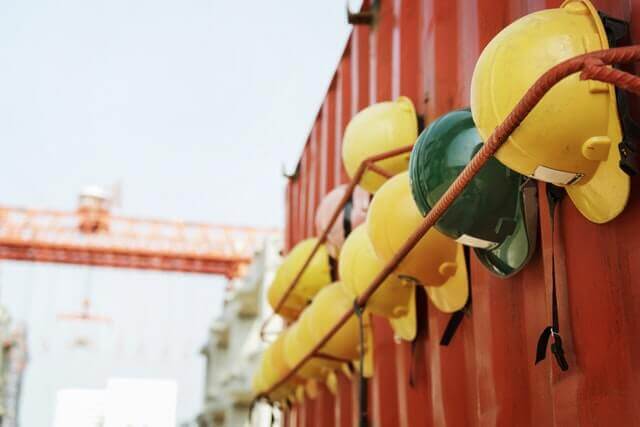 The Construction (Design and Management) Regulations 2015 (CDM 2015) came into force on the 6th April 2015 to replace CDM 2007. The purpose of the CDM Regulations 2015 is to improve health and safety by placing duties on everyone involved in the Construction Industry. The aim of this guide is to give you a practical overview of the main duties and responsibilities covered by the regulations.
The Construction (Design and Management) Regulations 2015 (CDM 2015) came into force on the 6th April 2015 to replace CDM 2007. The purpose of the CDM Regulations 2015 is to improve health and safety by placing duties on everyone involved in the Construction Industry. The aim of this guide is to give you a practical overview of the main duties and responsibilities covered by the regulations.
The CDM Regulations 2015 apply to all construction activities no matter how big or small including:
- New builds
- Conversions and alterations
- Repairs, redecoration or other maintenance
- Demolition
- Renovation
- Commissioning
Duty Holders - What you need to know
The duty holders under the CDM Regulations 2015 are detailed below. Organisations or individuals can carry out the role of more than one duty holder but they must have the experience, skills and knowledge to do so.
Clients (Commercial)
Clients are those for whom the construction work is being carrying out. Clients must take reasonable steps to ensure that those they appoint to undertake work have the necessary skills, knowledge and experience. If there is more than one contractor involved on a project, the client needs to appoint in writing a principal designer and principal contractor.
The client’s duties under the regulations also include making sure the relevant information is prepared and provided to other duty holders. The client is also responsible for ensuring the principal designer and principal contractor carry out their duties and the client needs to ensure welfare facilities are provided.
Clients (Domestic)
Domestic clients are in the scope of CDM 2015 but their duties as clients are normally transferred to the contractor, principal contractor or designer.
Principal Designers
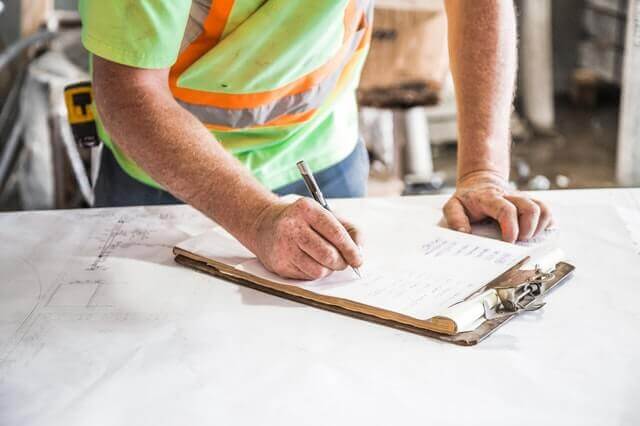
Principal designers are designers appointed by the client in projects involving more than one contractor. Their duties include planning, managing, monitoring and coordinating health and safety in the pre-construction phase of a project. They also liaise with the principal contractor to help in the planning, management, monitoring and coordination of the construction phase.
Designers
Designers are those who prepare or modify designs for a building, product or system relating to construction work. Their duties include eliminating, reducing or controlling foreseeable risks that may arise during construction, the maintenance and use of a building once it is built. Designers also provide information to other members of the project.
Principal Contractors
Where more than one contractor is involved in a project, a principal contractor will be appointed to control health and safety during construction. Their duties include preparing the construction phase plan, liaising with other duty holders to manage the risks and consulting with workers regarding their health and safety.
Contractors
Contractors are those who do the actual construction work. Contractors must plan, manage and monitor construction work under their control so that it is carried out without risks to health and safety.
For projects involving more than one contractor, contractors need to coordinate their activities with others in the project team and comply with directions given to them by the principal designer or principal contractor. If there is only one contractor on a project, the contractor will need to prepare a construction phase plan.
Workers
Workers are those who work for contractors on a construction site. Workers must be consulted about matters which affect their health, safety and welfare. Workers’ duties include taking care of their own health and safety and the health and safety of others. Workers also need to co-operate with each other and other duty holders.
Key documentation involved under the CDM Regulations 2015
Pre-Construction Information
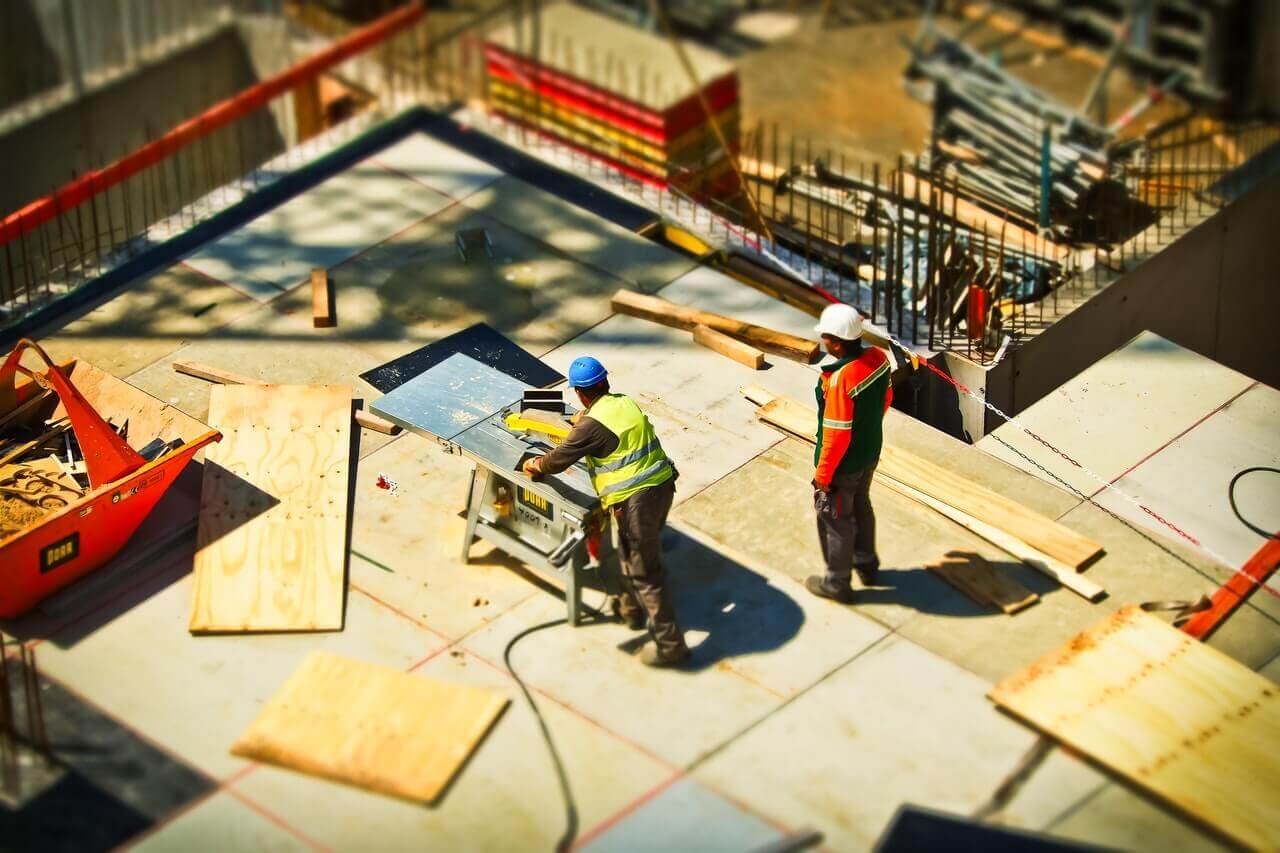
It is the client’s responsibility to provide pre-construction information to each designer and contractor who are bidding for work on the contract or who have been appointed. Pre-construction information is information already in the client’s possession or information which is reasonably obtained. This could include structural drawings, an existing health and safety file or an asbestos survey.
The information must be relevant to the project, have the appropriate level of detail and be proportionate to the level of risk. For projects involving more than one contractor, the principal designer should assess the pre-construction information to check it is adequate. The pre-construction information is the basis for the Construction Phase Plan.
Notifiable Projects
If a project will last over 30 working days and will have more than 20 workers working at the same time at any point or if the project will exceed 500 person days, the client needs to notify the HSE using a F10 form which can be completed
online. The client needs to give the HSE notice as soon as practicable before the construction phase begins.
For domestic clients, the responsibility to notify the HSE passes to the contractor or if there is more than one contractor, the principal contractor.
Construction Phase Plan
It is the responsibility of the contractor or if there is more than one contractor, the principal contractor to prepare the Construction Phase Plan before work begins. A
Construction Phase Plan must be provided for any project no matter the size or duration. The Plan outlines the health and safety arrangements, site rules and specific measures to manage health and safety risks.
The Health and Safety File
If there is more than one contractor involved in a project, the client must ensure that the principal designer produces a Health and Safety File. The Health and Safety File will be handed over to the client at the end of the project so that the client has information relating to the project which is likely to be needed to ensure the health and safety of anyone involved in any future projects on the building.
Whatever your role is in Construction, please contact our legally qualified Wirehouse Health and Safety Consultants today who can help you to work towards compliance with your duties under the CDM Regulations 2015.
 The Construction (Design and Management) Regulations 2015 (CDM 2015) came into force on the 6th April 2015 to replace CDM 2007. The purpose of the CDM Regulations 2015 is to improve health and safety by placing duties on everyone involved in the Construction Industry. The aim of this guide is to give you a practical overview of the main duties and responsibilities covered by the regulations.
The CDM Regulations 2015 apply to all construction activities no matter how big or small including:
The Construction (Design and Management) Regulations 2015 (CDM 2015) came into force on the 6th April 2015 to replace CDM 2007. The purpose of the CDM Regulations 2015 is to improve health and safety by placing duties on everyone involved in the Construction Industry. The aim of this guide is to give you a practical overview of the main duties and responsibilities covered by the regulations.
The CDM Regulations 2015 apply to all construction activities no matter how big or small including:
 Principal designers are designers appointed by the client in projects involving more than one contractor. Their duties include planning, managing, monitoring and coordinating health and safety in the pre-construction phase of a project. They also liaise with the principal contractor to help in the planning, management, monitoring and coordination of the construction phase.
Designers
Designers are those who prepare or modify designs for a building, product or system relating to construction work. Their duties include eliminating, reducing or controlling foreseeable risks that may arise during construction, the maintenance and use of a building once it is built. Designers also provide information to other members of the project.
Principal Contractors
Where more than one contractor is involved in a project, a principal contractor will be appointed to control health and safety during construction. Their duties include preparing the construction phase plan, liaising with other duty holders to manage the risks and consulting with workers regarding their health and safety.
Contractors
Contractors are those who do the actual construction work. Contractors must plan, manage and monitor construction work under their control so that it is carried out without risks to health and safety.
For projects involving more than one contractor, contractors need to coordinate their activities with others in the project team and comply with directions given to them by the principal designer or principal contractor. If there is only one contractor on a project, the contractor will need to prepare a construction phase plan.
Workers
Workers are those who work for contractors on a construction site. Workers must be consulted about matters which affect their health, safety and welfare. Workers’ duties include taking care of their own health and safety and the health and safety of others. Workers also need to co-operate with each other and other duty holders.
Principal designers are designers appointed by the client in projects involving more than one contractor. Their duties include planning, managing, monitoring and coordinating health and safety in the pre-construction phase of a project. They also liaise with the principal contractor to help in the planning, management, monitoring and coordination of the construction phase.
Designers
Designers are those who prepare or modify designs for a building, product or system relating to construction work. Their duties include eliminating, reducing or controlling foreseeable risks that may arise during construction, the maintenance and use of a building once it is built. Designers also provide information to other members of the project.
Principal Contractors
Where more than one contractor is involved in a project, a principal contractor will be appointed to control health and safety during construction. Their duties include preparing the construction phase plan, liaising with other duty holders to manage the risks and consulting with workers regarding their health and safety.
Contractors
Contractors are those who do the actual construction work. Contractors must plan, manage and monitor construction work under their control so that it is carried out without risks to health and safety.
For projects involving more than one contractor, contractors need to coordinate their activities with others in the project team and comply with directions given to them by the principal designer or principal contractor. If there is only one contractor on a project, the contractor will need to prepare a construction phase plan.
Workers
Workers are those who work for contractors on a construction site. Workers must be consulted about matters which affect their health, safety and welfare. Workers’ duties include taking care of their own health and safety and the health and safety of others. Workers also need to co-operate with each other and other duty holders.
 It is the client’s responsibility to provide pre-construction information to each designer and contractor who are bidding for work on the contract or who have been appointed. Pre-construction information is information already in the client’s possession or information which is reasonably obtained. This could include structural drawings, an existing health and safety file or an asbestos survey.
The information must be relevant to the project, have the appropriate level of detail and be proportionate to the level of risk. For projects involving more than one contractor, the principal designer should assess the pre-construction information to check it is adequate. The pre-construction information is the basis for the Construction Phase Plan.
Notifiable Projects
If a project will last over 30 working days and will have more than 20 workers working at the same time at any point or if the project will exceed 500 person days, the client needs to notify the HSE using a F10 form which can be completed online. The client needs to give the HSE notice as soon as practicable before the construction phase begins.
For domestic clients, the responsibility to notify the HSE passes to the contractor or if there is more than one contractor, the principal contractor.
Construction Phase Plan
It is the responsibility of the contractor or if there is more than one contractor, the principal contractor to prepare the Construction Phase Plan before work begins. A Construction Phase Plan must be provided for any project no matter the size or duration. The Plan outlines the health and safety arrangements, site rules and specific measures to manage health and safety risks.
The Health and Safety File
If there is more than one contractor involved in a project, the client must ensure that the principal designer produces a Health and Safety File. The Health and Safety File will be handed over to the client at the end of the project so that the client has information relating to the project which is likely to be needed to ensure the health and safety of anyone involved in any future projects on the building.
Whatever your role is in Construction, please contact our legally qualified Wirehouse Health and Safety Consultants today who can help you to work towards compliance with your duties under the CDM Regulations 2015.
It is the client’s responsibility to provide pre-construction information to each designer and contractor who are bidding for work on the contract or who have been appointed. Pre-construction information is information already in the client’s possession or information which is reasonably obtained. This could include structural drawings, an existing health and safety file or an asbestos survey.
The information must be relevant to the project, have the appropriate level of detail and be proportionate to the level of risk. For projects involving more than one contractor, the principal designer should assess the pre-construction information to check it is adequate. The pre-construction information is the basis for the Construction Phase Plan.
Notifiable Projects
If a project will last over 30 working days and will have more than 20 workers working at the same time at any point or if the project will exceed 500 person days, the client needs to notify the HSE using a F10 form which can be completed online. The client needs to give the HSE notice as soon as practicable before the construction phase begins.
For domestic clients, the responsibility to notify the HSE passes to the contractor or if there is more than one contractor, the principal contractor.
Construction Phase Plan
It is the responsibility of the contractor or if there is more than one contractor, the principal contractor to prepare the Construction Phase Plan before work begins. A Construction Phase Plan must be provided for any project no matter the size or duration. The Plan outlines the health and safety arrangements, site rules and specific measures to manage health and safety risks.
The Health and Safety File
If there is more than one contractor involved in a project, the client must ensure that the principal designer produces a Health and Safety File. The Health and Safety File will be handed over to the client at the end of the project so that the client has information relating to the project which is likely to be needed to ensure the health and safety of anyone involved in any future projects on the building.
Whatever your role is in Construction, please contact our legally qualified Wirehouse Health and Safety Consultants today who can help you to work towards compliance with your duties under the CDM Regulations 2015.

